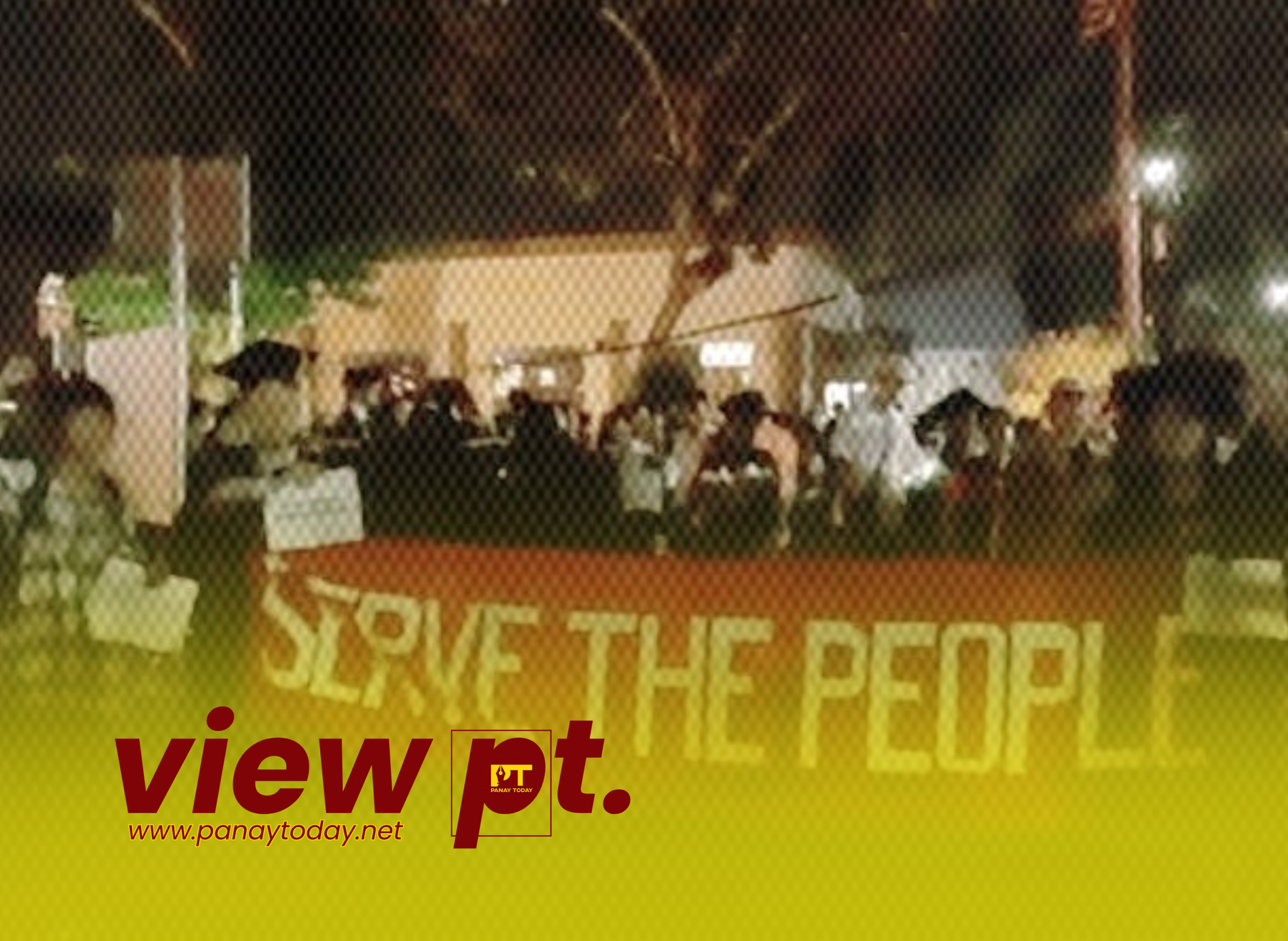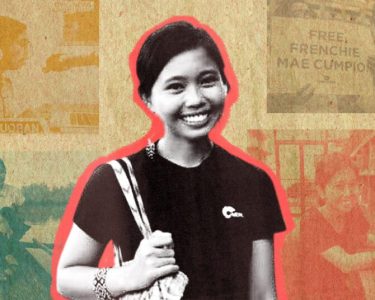By Juliane Judilla
National Students’ Day is right around the corner. Mandated by Republic Act 11369, signed in 2019, it coincides with International Students’ Day — both honoring student activism and the youth’s vital role in nation-building. The Act, which was formerly House Bill 6283, co-authored by Kabataan Partylist and its then-representative Sarah Elago, remains one of the youth partylist’s notable legislative victories.
During my college days, I was active in celebrating NSD — we danced to the song “Kilos Kabataan” outside our school’s façade, or marched through the streets demanding a greater budget for education… and so much more. Looking back, I think about those times when I had to explain to fellow students the significance of two things: (1) NSD, and (2) protest.
Graduating from a state university is a prestige instilled in students. Iskolar ng bayan is a phrase akin to a badge you wear with pride — something you boast about to relatives at dinner parties and family reunions. But with it comes a deeper struggle. You don’t just endure long nights of academic pressure, but also hot classrooms, outdated materials and equipment, and the daily race for a seat on a worn-down, rusty bench that could almost give you tetanus. Sure, medical and dental services at the school clinic are free — but only if you’re willing to wait for days. The library does have space, though it often extends outside, where students cover the floors with anything they can sit on. It was, almost, like being in a jungle — always in survival mode.
Now, issues of corruption plague us like a ghost — unprogrammed funds, pork barrel, ghost and substandard infrastructure projects, confidential and intelligence funds, billions of pesos in defense — including state forces that terrorize not just gated communities but also schools through state-funded red-tagging forums and student intelligence units.
And that is where NSD comes into play: a day of celebration, of recognition — and of lies and false promises. We are told that education is a priority in a nation where students are neglected, teachers underpaid, and schools on the brink of ruin. And that is why we reclaim it with protests — walkouts and solidarity actions that disrupt the façade that the state cares for us, let alone funds the education sector properly.
That became the force that drove me to pursue community journalism — because within the walls of institutions, students share struggles with the broader masses. I never saw the need to fight back through textbooks and output-based, performative lectures that reek of a colonial, commercialized, and repressive education system. I found my place in the picket lines—in marches, in protests, in peasant communities where farmers still till lands they don’t own; in coastal areas where fisherfolk spend their lives at sea only for it to be seized by the state; in kampuhans of drivers and workers striking to defend their livelihood and rights— It was in witnessing and experiencing the looming crisis we continually face every day that pushed me to become who I am now: a student-activist turned journalist, always in solidarity, always justifying the anger of those whose rights were stripped away, of those who are silenced. Only then did I understand — and make others understand — why we must protest.
Because until students continue to endure rundown classrooms; until publications and student councils are forced into shared offices turned stockrooms, bearing the brunt of insufficient funding — causing a lack of student spaces and facilities — until private school students continue to suffer from yearly tuition fee increases (a problem that could be solved if the education sector were properly funded and subsidized by the state), all while corrupt politicians waste the people’s money to fund their luxuries, and the ruling class continues to plunder our resources and exploit the toiling masses to maintain a system that only serves them — the struggle remains, and continues.
The students, the youth, and the broad masses will always go beyond their classrooms, institutions, and wherever they may be — be it in newsrooms or in communities — and will always reclaim the streets, now more than ever./PT





